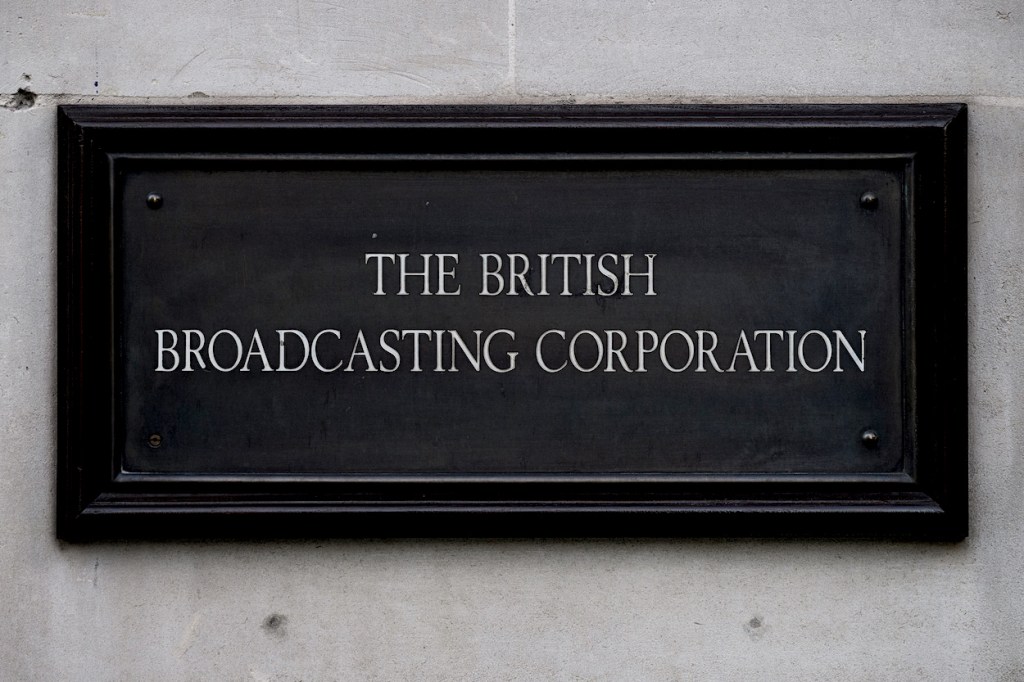
Angus Colwell has narrated this article for you to listen to.
Globalisation, liberalism, neoliberalism, managerialism, internationalism, multiculturalism, human resources, wokeness, identity politics, progressivism, EDI, DEI, corporatism, proceduralism, elitism, environmentalism, transnationalism: there are a lot of things that voters are said to be protesting against. But now there’s a new buzzword going round. What voters are really annoyed about is the ‘lanyard class’.
Lord (Maurice) Glasman came up with the phrase. I visit him in the House of Lords (wearing my parliamentary lanyard, of course) to ask him what he means. ‘The lanyard came into my head about 18 months ago as the symbol of the progressives,’ he says. ‘It was more of a poetic idea: “The Lanyard”. I wrote a couple of poems that will never be published on the lanyard as a symbol for something horrible that I was trying to decipher.’
Glasman is the founder of Blue Labour, a culturally conservative faction of the Labour movement that is appreciated by several in No. 10 – and across the Atlantic (he was the only Labour figure to be invited to Donald Trump’s inauguration). Glasman first mentioned lanyards in an interview with the Observer last month and then expanded on it in an address at the Policy Exchange thinktank. I was in the audience, and several people repeated the phrase ‘lanyard class’ back to him during the questions. Earlier this month, Janice Turner wrote in the Times that the strength of Reform could be attributed to a rebellion against the lanyard class: The officious, rules-obsessed professional cadre who set the tone in corporate HR and run the public sector.’
If you look at archive footage from the 1980s, the lanyard barely seems to exist. Yet over the course of the following 30 years, it became ever-present. When you started a job, you were given your work laptop, your work email account and your work lanyard. In 2019, all MPs were given a New Members’ Guidebook that said they were ‘required to wear a visible photo-identity pass at all times’ around parliament.
Lanyards have also become vessels for people to advertise their politics: there are Pride lanyards, BLM lanyards, Free Palestine lanyards. Esther McVey, after being appointed Rishi Sunak’s ‘minister for common sense’, tried to ban civil servants from wearing rainbow-coloured lanyards. The next day, No. 10 said the attempted ban was ‘not going to be proscriptive’.
The lanyard’s origins were as a tool for violence. The word comes from the French lanière, meaning ‘strap’. In 17th-century France, straps were used by soldiers to secure quick access to their swords or pistols. Centuries later, you could argue that they are still a weapon: this time for compliance, wielded by bureaucrats.
‘A class war against the lanyard is how I would describe the present moment’
OK, that might be a stretch, but Glasman thinks the lanyard is still a powerful cultural symbol for what voters are raging against. ‘There is an insurrection. When I went to the States for the inauguration, I saw this rejection of the lanyard. People were throwing them in the bin. I would summarise Reform and Trump as a rebellion against the lanyard class, from the people who have to wear them and have to be compliant. It’s a class issue. A class war against the lanyard is how I would describe the present moment.’
When Keir Starmer spoke of an ‘island of strangers’ during his recent crackdown on immigration, he was tapping into rage against the lanyard, Glasman says. ‘Wittingly or unwittingly, he was engaging with the lanyard rebellion. We don’t know each other, why do we have to walk around with our own face on a badge of ourselves?’
Glasman’s now in full flow: ‘Communism was a lanyard system! Party members would have their laminated lanyards. It’s also part of the “VIP” culture: “I’m a VIP, I can go backstage.” It’s a disgusting thing.’ He is surely right that there is a revolt against a certain legalised, procedural and managerial workplace culture. And perhaps he has found the perfect symbol to represent it. The workers have nothing to lose but their lanyards.









Comments